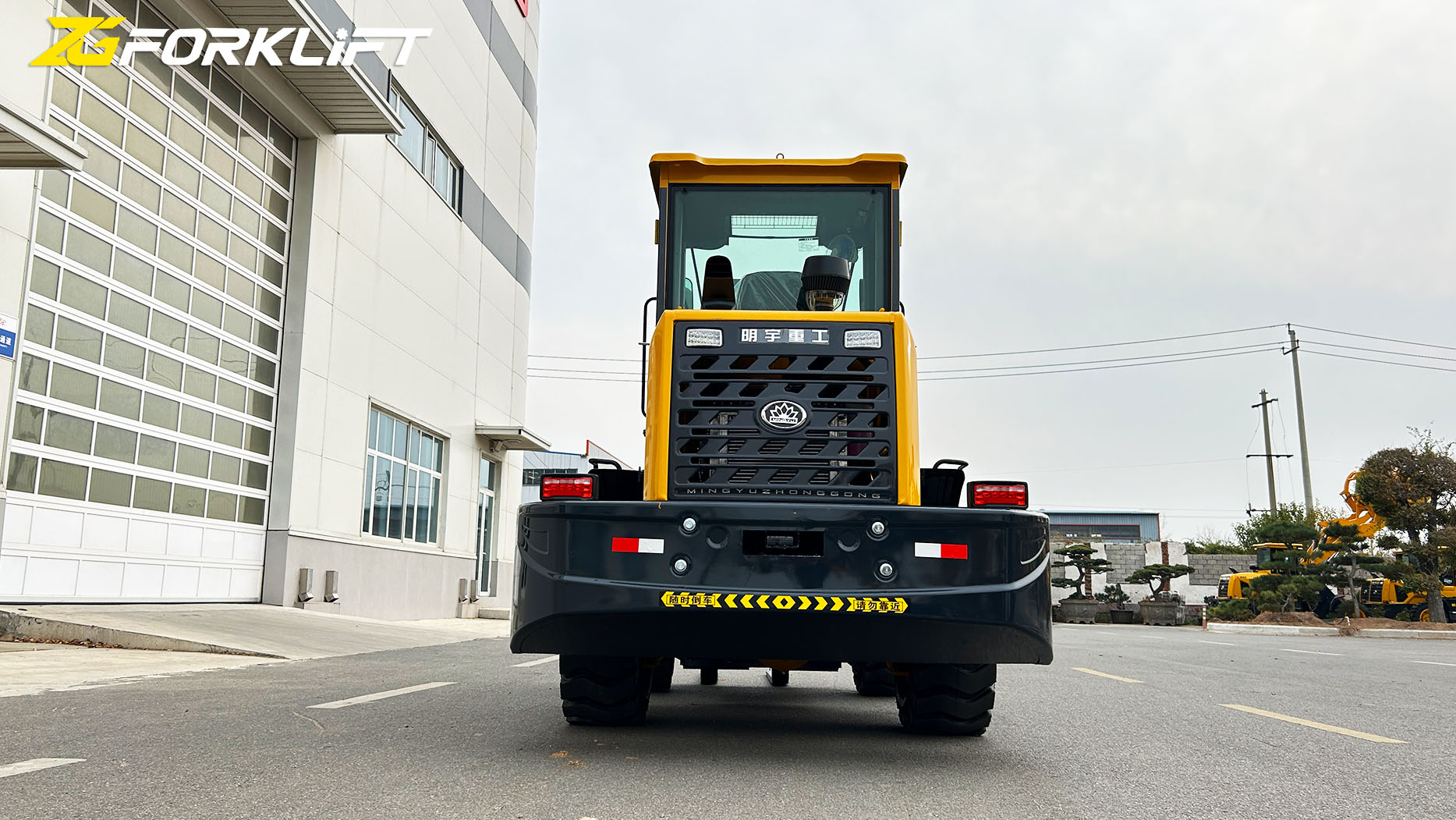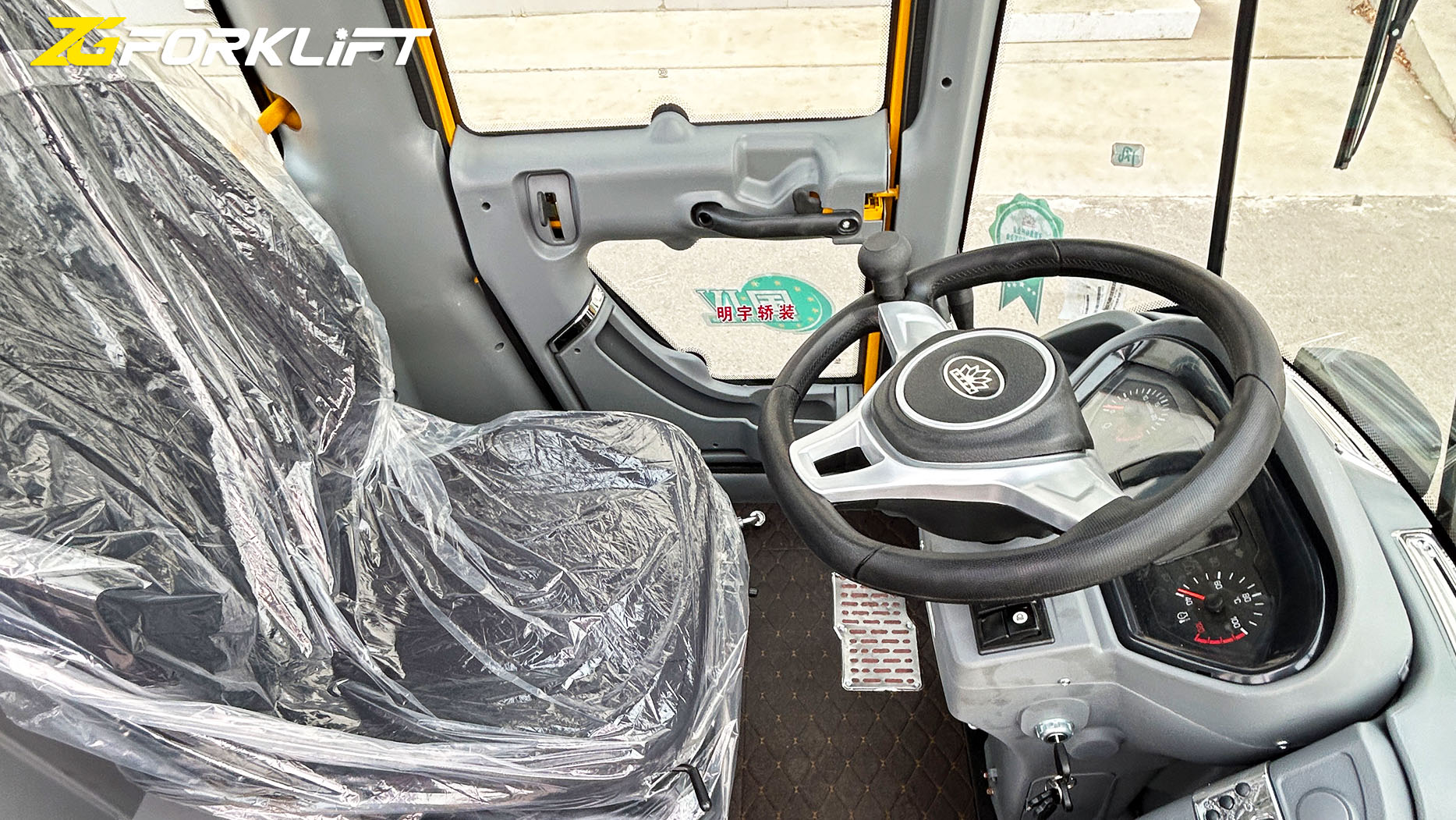Is a Forklift Harder to Drive Than a Car? A Comparative Analysis of Driving Skills and Challenges
The question of whether a forklift is harder to drive than a car is a common one, often sparking debate among those familiar with both types of vehicles. While both involve operating a motorized vehicle, the skills, challenges, and operating environments differ significantly. This article delves into a detailed comparison of driving a forklift and a car, examining the unique aspects of each and ultimately concluding that, while the fundamental principles of driving are shared, the specialized skills and situational awareness required for forklift operation make it a more complex and demanding task.
Shared Fundamentals:
Both cars and forklifts share some fundamental driving principles. These include:
Basic Vehicle Control: Both require an understanding of steering, acceleration, braking, and basic vehicle maneuvering. Drivers need to coordinate these controls to move the vehicle safely and efficiently.
Spatial Awareness: Drivers of both vehicle types need to be aware of their surroundings, including other vehicles, pedestrians, and obstacles. Judging distances, speeds, and potential hazards is crucial for safe operation.
Traffic Rules and Regulations: While the specific rules may differ slightly (especially in industrial settings for forklifts), both car and forklift operators must adhere to traffic regulations and safety guidelines.
Defensive Driving: The principles of defensive driving, such as anticipating hazards and maintaining a safe following distance, apply to both cars and forklifts.
Divergent Characteristics: Forklift vs. Car:
Despite these shared fundamentals, the differences between driving a forklift and a car are significant and contribute to the increased complexity of forklift operation.
1. Vehicle Design and Handling:
Steering: Cars typically have front-wheel steering, providing predictable and responsive handling. Forklifts, on the other hand, often utilize rear-wheel steering, which results in a tighter turning radius and a different "feel" when maneuvering. This can be disorienting for drivers accustomed to front-wheel steering.
Center of Gravity: Cars are designed with a low center of gravity for stability. Forklifts, especially when loaded, have a higher and dynamically shifting center of gravity. This makes them more susceptible to tipping over, particularly when turning, lifting loads at height, or operating on uneven surfaces.
Visibility: Cars generally offer good all-around visibility. Forklifts, due to the mast, forks, and load, often have significant blind spots, especially when carrying large loads. This necessitates greater reliance on mirrors and situational awareness.
Size and Weight: Forklifts are typically larger and heavier than cars. This makes them less agile and requires more space for maneuvering. The weight of the load further complicates handling and stability.
Attachments: Forklifts are designed to accommodate various attachments, such as clamps, rotating forks, and side shifters. Operating these attachments requires additional training and skill.
2. Operating Environment:
Road Conditions: Cars are typically driven on paved roads with predictable surfaces. Forklifts often operate in industrial environments with uneven surfaces, obstacles, and varying degrees of congestion.
Pedestrian Traffic: While cars encounter pedestrian traffic, forklifts operate in environments where pedestrian and other vehicle traffic (including other forklifts) can be much more concentrated and unpredictable. This necessitates heightened awareness and communication.
Confined Spaces: Forklifts often operate in confined spaces, such as warehouses and loading docks. Maneuvering in these tight spaces requires precision and skill.
Loading and Unloading: A core function of a forklift is loading and unloading materials. This requires precise control of the forks and an understanding of load stability and weight distribution. This is a skill not required for driving a car.
3. Skills and Training:
Specialized Training: Driving a car requires a standard driver's license. Operating a forklift requires specialized training and certification, often mandated by regulations. This training covers not only the mechanics of operating the forklift but also safety procedures, load handling, and specific workplace regulations.
Load Management: Forklift operators must be trained in proper load handling techniques, including assessing load weight and stability, securing loads, and understanding load center and capacity limitations. This knowledge is not typically required for car drivers.
Situational Awareness: Due to the challenging operating environment and the potential hazards associated with lifting and moving heavy loads, forklift operators require a higher degree of situational awareness than car drivers.
Precision and Control: Forklift operation demands precise control of the vehicle and its attachmentsManeuvering in tight spaces, lifting and placing loads accurately, and maintaining stability require a high level of skill.
4. Safety Considerations:
Risk of Tip-overs: Forklifts are inherently more prone to tip-overs than cars due to their higher center of gravity and the dynamic nature of their loads. Proper training and adherence to safety procedures are crucial to mitigate this risk.
Pedestrian Safety: Forklifts pose a significant risk to pedestrians in industrial environments. Operators must be vigilant and prioritize pedestrian safety.
Load Security: Improperly secured loads can shift or fall, posing a danger to personnel and property. Forklift operators are responsible for ensuring that loads are properly secured.
Workplace Hazards: Forklift operators must be aware of potential workplace hazards, such as overhead obstructions, narrow aisles, and changing environmental conditions.
Conclusion:
While both driving a car and operating a forklift require fundamental driving skills, the complexities and challenges associated with forklift operation make it a more demanding task. The unique design and handling characteristics of forklifts, the challenging operating environment, the specialized skills required for load handling, and the heightened safety concerns all contribute to the increased complexity. Therefore, while a skilled car driver might quickly grasp the basics of forklift operation, mastering the nuances of safe and efficient forklift operation requires specialized training, experience, and a heightened sense of situational awareness. It's not simply a matter of "driving," but rather a specialized skill set crucial for safe and productive material handling. The potential consequences of improper forklift operation, from property damage to serious injuries, underscore the importance of proper training and a thorough understanding of the unique challenges associated with this specialized equipment.
Post time:Feb.07.2025



